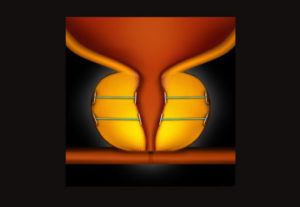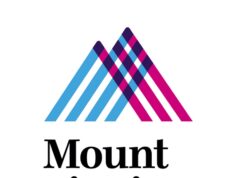
Twelve-month data from the multicentre prospective MedLift study of the Urolift system (NeoTract, a Teleflex subsidiary) for benign prostatic hyperplasia (BPH) involving a median lobe obstruction provided clinical evidence to support the safety and efficacy of the treatment. Results were published in Prostate Cancer and Prostatic Diseases.
Median lobe obstructions are present in a subset of men with BPH. Results from this study led to the recent US Food and Drug Administration (FDA) clearance of an expanded indication for the UroLift system, making patients who have an obstructive median lobe eligible to receive the UroLift System treatment for BPH symptoms.
“New options are needed for men with an obstructive median lobe, as treatment can be particularly challenging. This condition can cause a higher risk of urinary retention and result in a high failure rate of medical therapy for lower urinary tract symptoms due to BPH,” comments Gregg Eure from Urology of Virginia in Virginia Beach, USA, a lead investigator and co-author of the MedLift Study paper. “The outcomes of this study, which showed significant and rapid improvements in BPH symptoms and quality of life measures, demonstrate the safety and effectiveness of the UroLift System for these patients.”
The MedLift study revealed that patients who were treated for an obstructive median lobe with the UroLift System experienced significant improvements in IPSS (International Prostate Symptom Score), Qmax (peak flow rate), and quality of life scores. The IPSS improved from baseline by at least 13.5 points (p<0.0001) over the course of the study. Quality of life and BPH impact index scores were also improved, by more than 60% and 70% respectively, at three, six, and 12 months (p<0.0001). The mean Qmax improvement ranged from 90–129% (p<0.0001). At one month, 80% of men reported being “much better” or “very much better”, and 89% would recommend the procedure. Bother due to ejaculatory function improved rapidly and remained modestly improved at one year (p=0.001). No patient reported de novo sustained ejaculatory or erectile dysfunction.
“The MedLift Study provides additional evidence of the UroLift system’s utility for the treatment of a broad range of men with BPH, allowing more patients to benefit from this minimally invasive technology,” said Dave Amerson, president of the Teleflex Interventional Urology business unit. “The data from this study, among the many supportive findings from a number of clinical and real-world studies of the UroLift system, have helped the UroLift system become a standard of care treatment for patients with BPH. Treatment with the UroLift system remains the only BPH procedure shown to alleviate BPH symptoms without causing new onset, sustained erectile or ejaculatory dysfunction.”
The outcomes from this study were consistent with those found in the five-year pivotal LIFT study of the UroLift system for patients with lateral lobe enlargement, demonstrating rapid, significant, and sustained improvements in symptoms and quality of life for patients who have an enlarged median lobe, while also preserving their sexual function with no instances of new, sustained erectile or ejaculatory function. No differences were observed in symptom relief based on the size of median lobe protrusion, and the majority of patients required only one additional UroLift permanent implant in the median lobe to achieve lasting relief from BPH symptoms.










